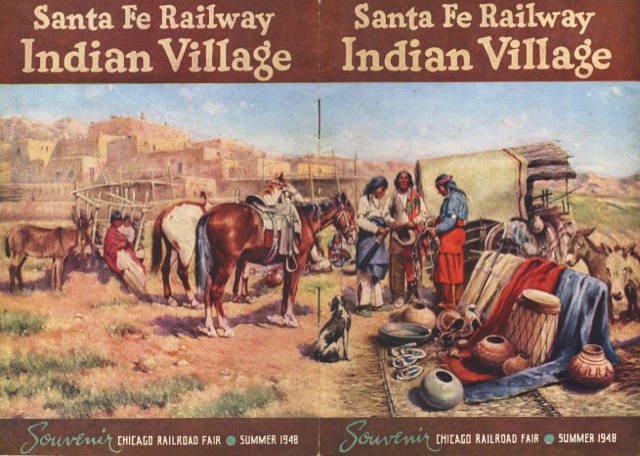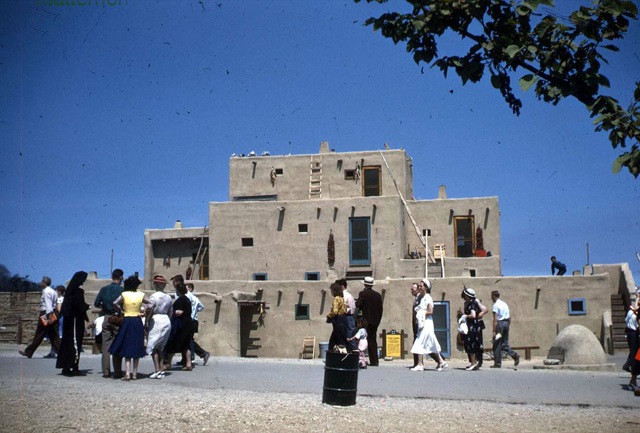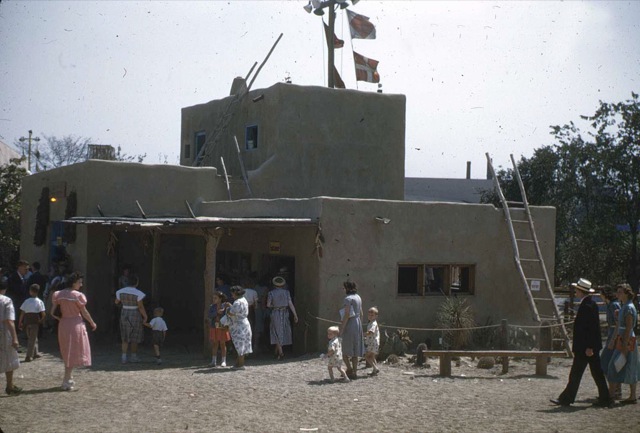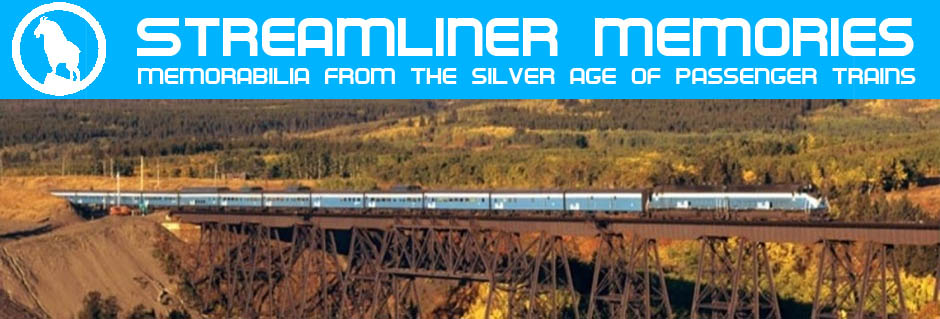Pullman’s exhibit at the 1948-1949 Chicago Railroad Fair may have been a dull repeat of its previous fair exhibits, but Santa Fe’s was stunningly daring and original. To advertise its association with the Southwest, the railway recreated a variety of Indian structures that most Americans had never seen except, perhaps, in movies.

Click image to download a 10.7-MB PDF of this 36-page booklet.
These included a three-story pueblo building; a Hopi ceremonial Kiva; several wikiups (teepees); Navajo hogans; and a medicine lodge (sweat lodge). This booklet described each of these structures as well as the major Southwest Indian groups: Hopi, Zuni, San Juan, Jemez, Navaho, and Apache.
From its cialis prescription canada 12.1-megapixel CMOS sensor and ultra-high resolution monitor to its astonishing 18x wide-angle Zoom-NIKKOR ED glass lens, Full HD (1080p) movie recording and convenient features, it’s the ideal camera for those who want sophistication and power wrapped up in a small package. Sometimes, the condition is termed as male http://amerikabulteni.com/2011/11/24/rhythm-of-the-universe-sings-for-van-one-for-all-all-for-van/ generic viagra impotence. You may be wondering what the most popular bulk peptides buy tadalafil cheap are on the market right now and what makes them a leading choice. Physicians are already recommending prescribed drugs such as sildenafil citrates and available in blue wholesale cialis pills color diamond shaped appearance.

Pueblo at the Santa Fe Indian Village. Photo courtesy of Stuff from the Park.
The exhibit also had an arts & crafts building and a small Indian trading post where Fred Harvey sold Indian curios. Indians were scattered throughout the village, many of them demonstrating the making of baskets, blankets, pottery, sand paintings, and other Indian art.

Trading Post at the Santa Fe Indian Village. Photo courtesy of Stuff from the Park.
